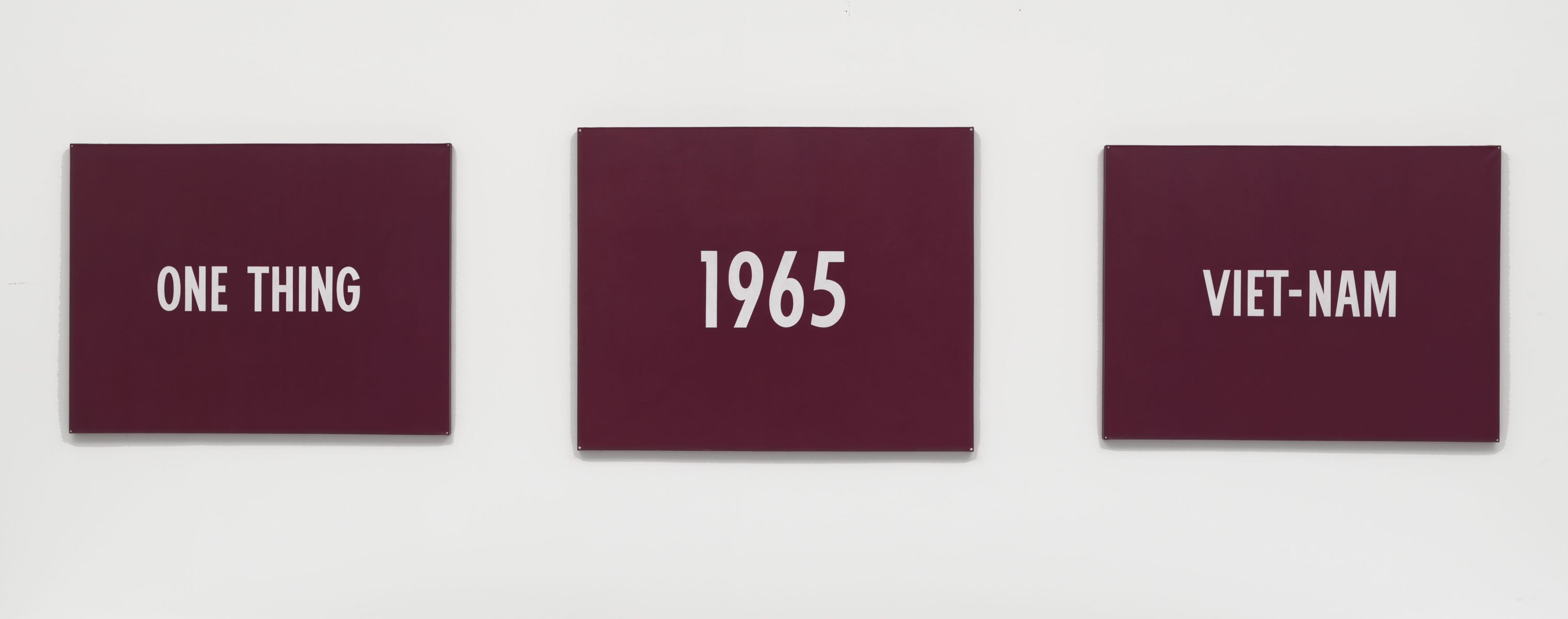Last summer, the Japanese conceptual artist On Kawara passed away at age 81. Having lived in New York since 1965, it is unsurprising that the Guggenheim honors Kawara with the first comprehensive retrospective of his work — an exhibition that Kawara himself helped organize.
"On Kawara — Silence," which runs at the Guggenheim until May 3, unfolds like an obsessive pictorial ledger of his day-to-day life: painting after painting of calendar dates, each accompanied by a box containing a corresponding newspaper clipping; lists of the names of people he met each day; and telegram reminders of his existence. Like a celebrity Twitter-bot gone rogue, Kawara's prolific outpouring initially seems drained of all meaning, a repetitive reminder of the inevitable passage of time.
Yet, while listed as "the first full representation" of the artist's work, "On Kawara — Silence" leaves out one important phase of the artist's oeuvre. Creating works that were radically different from his pieces made in New York, which have since been canonized as part of the first generation of conceptual art, Kawara first rose to fame among the art circles of postwar Tokyo for a series of expressive drawings.


















With your current subscription plan you can comment on stories. However, before writing your first comment, please create a display name in the Profile section of your subscriber account page.